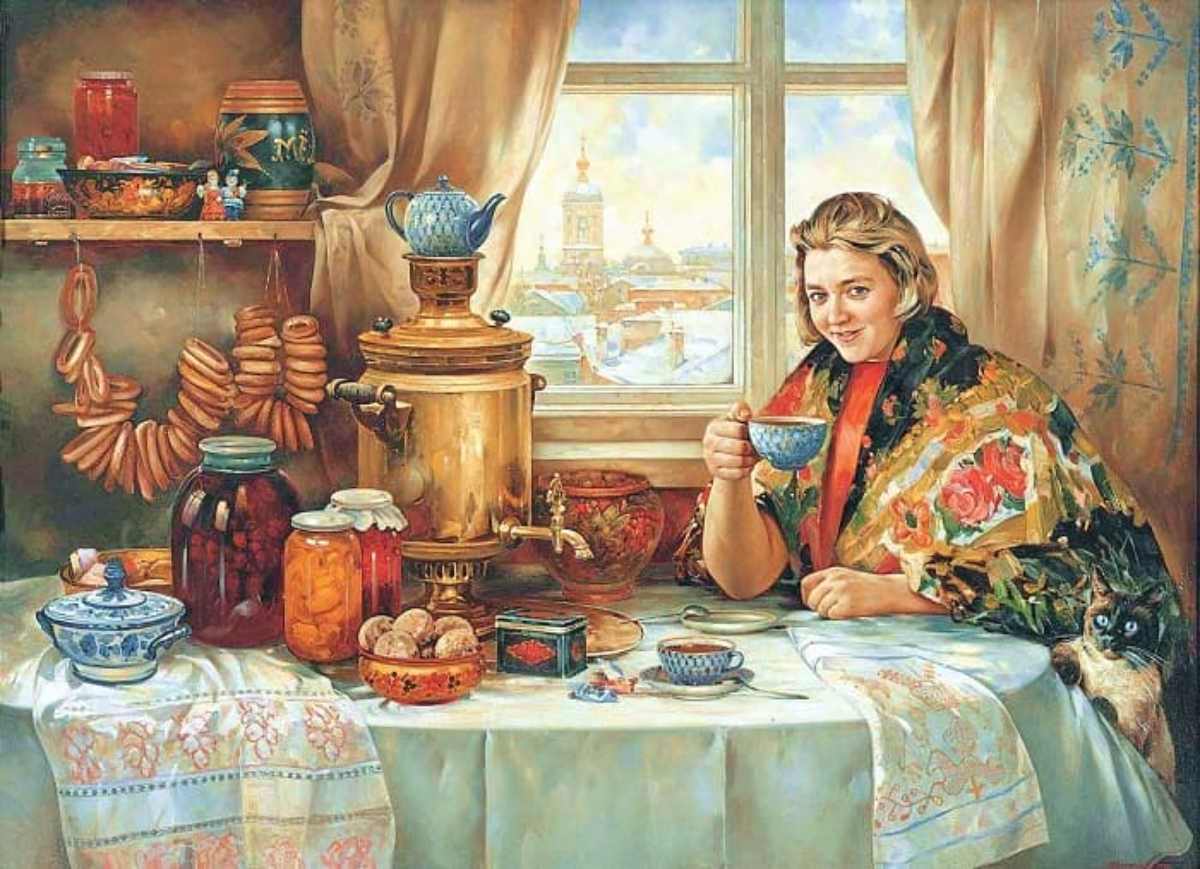The tea plant, Camellia sinensis, is part of a Chinese beverage tradition. This beautiful evergreen shrub (or tree, if it is allowed to grow) likes high-altitude, warm, acidic soils with good rainfall. Like coffee and certain other plants, its leaves contain two important alkaloids: caffeine and theophylline. Both stimulants and addictive, these alkaloids explain why tea (and coffee) are so widely drunk.
How Is Tea Made?
Camellia sinensis, the plant from which tea is harvested, is the source of this beverage. This plant comes in two different types: It is the Camellia sinensis assamica plant that is used to make Assam tea or Indian tea, whereas the Camellia sinensis plant is used to make Chinese tea. The former can survive harsher conditions and has smaller leaves.
Even though tea plants have the potential to grow to 55 feet (17 meters) in height, when planted for commercial purposes, they are regularly clipped so that they stay shrubs no higher than 6.5 feet (2 meters). It’s the same plant that produces both black and green tea. However, fermentation is a vital step in the making of black tea. Following the harvest, the leaves are dried by airflow, which also stimulates enzyme production. After that, the leaves are crushed between two surfaces to break down the cells and release the sap that gives the tea its distinctive taste.
Origin of Tea

It is not known how tea drinking began in China, but by the middle of the 1st century BC, the leaves of this plant were being collected and perhaps brewed with other herbs. The leaves of C. sinensis were regularly chewed in the southwestern regions of China, the homeland of C. sinensis, just like today. The cultivation, preparation, and consumption of tea are intertwined with China’s tumultuous history going back to ancient times. Used as currency and as an official form of payment, the tea was subjected to consistently high taxes and monopolized by the state to maximize profits. The plant’s taste was so popular that it became almost a sacred herb.
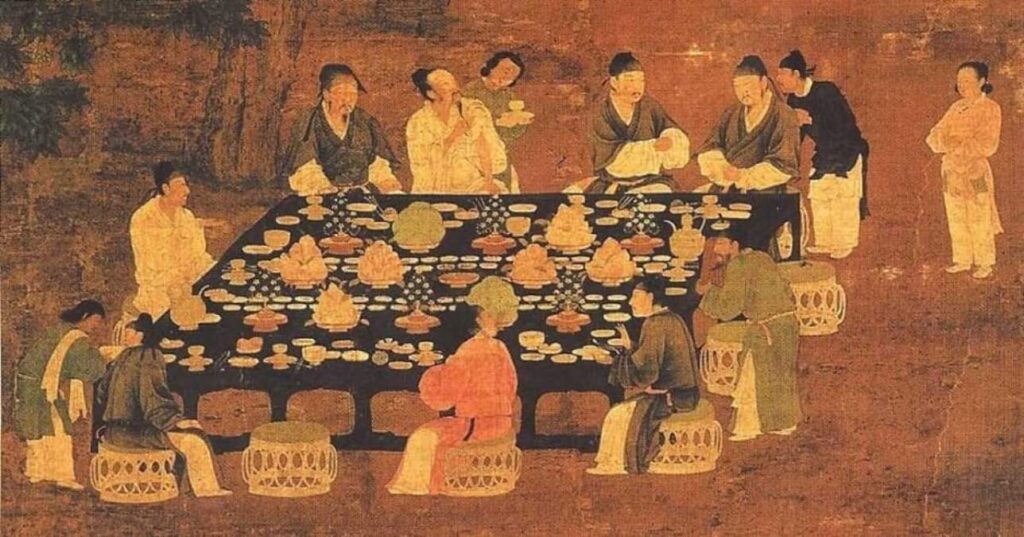
Drinking tea was so important in Chinese society that tea was sometimes ceremoniously sipped. In 805, Buddhist monks studying in China took the plant back to their homeland, and the tea-drinking ceremonies were thoroughly ritualized in Japan. The Japanese tea ceremony achieved its highest form under a Japanese tea master named Sen Rikyu.
The ceremony was conducted in a special room built for this purpose with a group of five guests and was governed by strict rules. Entrance and exit from the room, the utensils used, the dialogue, and the sequence of actions were all carefully regulated. In a sense, the tea itself was overshadowed by the symbolism of the ceremony, but it still had to be carefully prepared, brewed, and perfectly presented. After Sen was killed in 1591 (for unknown reasons), different versions of the ceremony were made, but the importance of tea in ceremonies stayed a part of Japanese culture.
How Did the Russians Discover Tea?
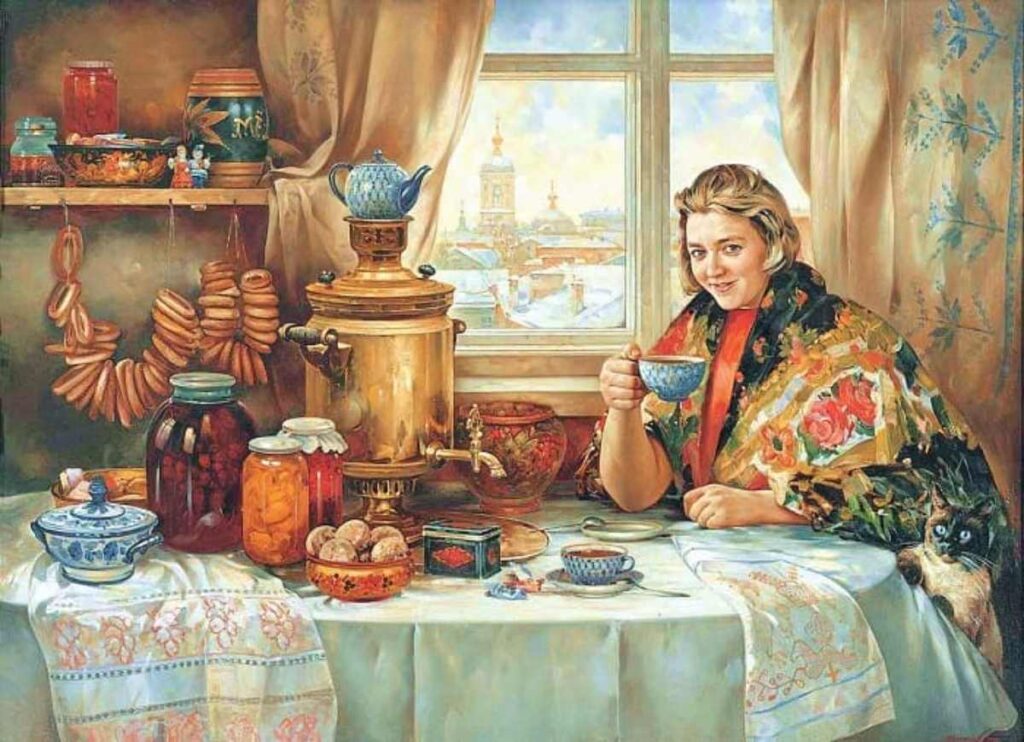
Tea plays an important role in social life around the world. Mongol invaders adopted tea, which they mixed with milk and butter. The tea gradually spread to Russia and other Asian countries. The first Russians to be recorded drinking tea were two envoys sent to negotiate with a Mongol prince at the beginning of the 17th century.
The samovar seems to have been invented (or introduced to Europe) by the Russians after this encounter, and it became popular across the vast Russian territory. With its cleverly arranged internal apparatus, the samovar kept the water hot and the tea ready to drink at all times, which made it the embodiment of Russian domesticity. The tea plant came to Russia mainly via Kyakhta. This town on the border with Mongolia used to be very prosperous, and its historical importance flourished from the tea markets that were held here.
Tea Introduced to Europe
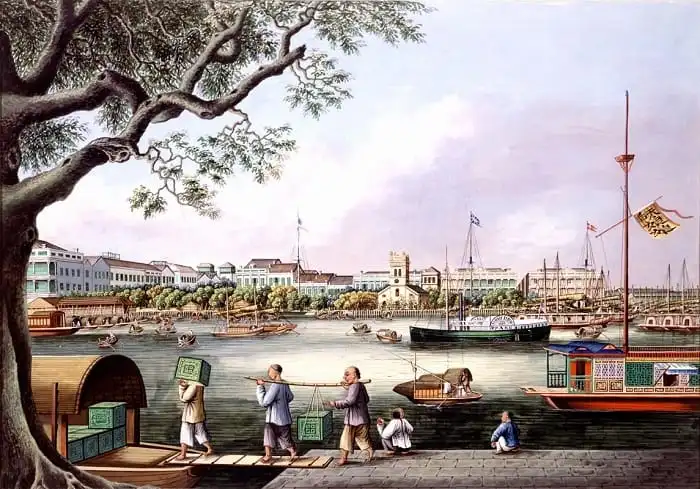
The tea plant was first taken to Europe by ship and reached Portugal and the rest of Europe in the 15th century with the discovery of ocean routes to Asia via the Cape of Good Hope. The Dutch began importing the tea plant to Europe in the early 17th century. The diarist Samuel Pepys recorded his first experience with this “Chinese drink” on September 25, 1660.
But when was tea widely introduced in England? In England, the herb started to be sold in Thomas Garraway’s famous coffee house in London’s Exchange Alley and quickly became popular along with coffee. Since the import tax for tea was set too high, most of the tea was smuggled into England.
Since the trade in the tea plant was carefully controlled and few foreigners ventured beyond the main port of Canton, for two long centuries, Europeans did not know in which part of China the tea was grown. Transporting tea from the interior lands, where it was grown and processed, to the port was time-consuming and required considerable organizational skills. At this time, it was thought that green tea and black tea came from different plants.
Opium Wars Between China and the British
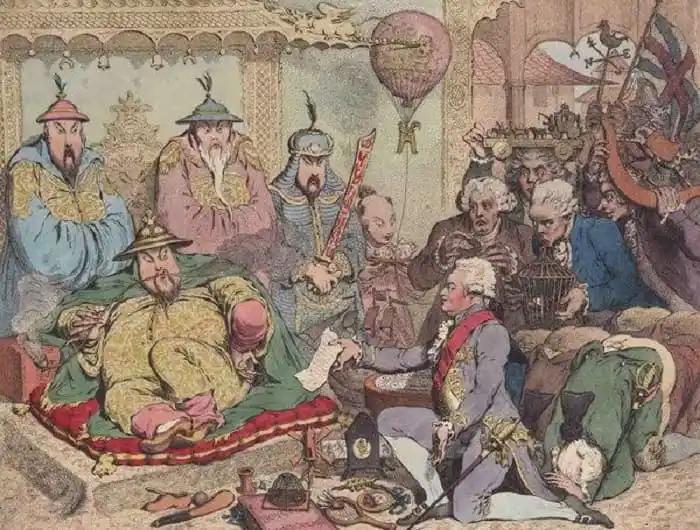
The benefits and harms of tea had long been discussed, and lexicographer and tea drinker Samuel Johnson even had to publicly justify his tea addiction in the 18th century. But soon, the plant gradually became central to English social life. The English people highly demanded the plant, and the Chinese’s preference to get paid in silver led to the search for a bartering product to offset the costs of importing tea from China. For that, opium was perfect for the job.
One of the causes of the Opium Wars of the 19th century was the British obsession with tea. In the mid-19th century, the first fast cargo ships were competing to reach England from Chinese ports, and this competition was widely described in the newspapers. But the speed of the ships had nothing to do with the quality of the tea drink, as properly prepared herbs lasted a long time.
Intense market demand for tea led to a search for new regions where the plant could be grown. But after some unsuccessful experiments, tea began to be cultivated in greater and greater yields in British India, first in Assam, then in Darjeeling and other hilly regions. Tea plantations were established in Kenya and elsewhere in East Africa. In Ceylon (Sri Lanka), tea became popular after a fungal disease wiped out the country’s coffee plantations.
Robert Fortune: The Tea Spy
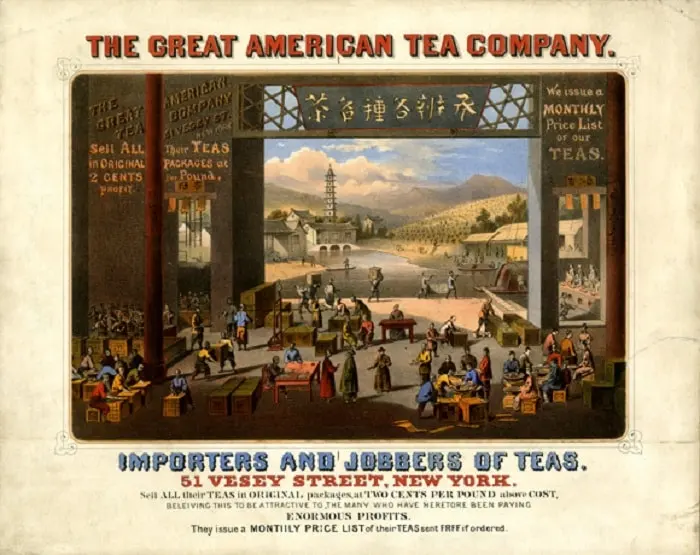
Even though India now consumes and produces more tea than any other country, commercial tea cultivation in India did not begin until the middle of the 19th century. The British East India Company engaged in a crafty act of biopiracy that facilitated the growth of the tea trade in the East. As demand for tea grew in Europe, the company saw an opportunity to overtake China as the biggest player in the tea market.
The Royal Horticultural Society sent Robert Fortune, a Scottish plant collector. “The tea spy,” Robert Fortune, despatched the tea seeds to Calcutta. According to his book, “A Journey to the Tea Countries of China,” he was able to secure nearly 20,000 tea plants, eight first-class tea farmers, and a wealth of equipment from the finest tea districts of China to the Himalayas in 1852.
India’s tea exports to the United Kingdom increased in value from £24,000 in 1854 to £20,087,000 in 1929. Today, there are now 3,300,000 US tons (3,000,000 metric tons) of tea manufactured each year to meet the global tea demand, making it the most widely consumed soft drink in the world.
The World’s First Tea Bags
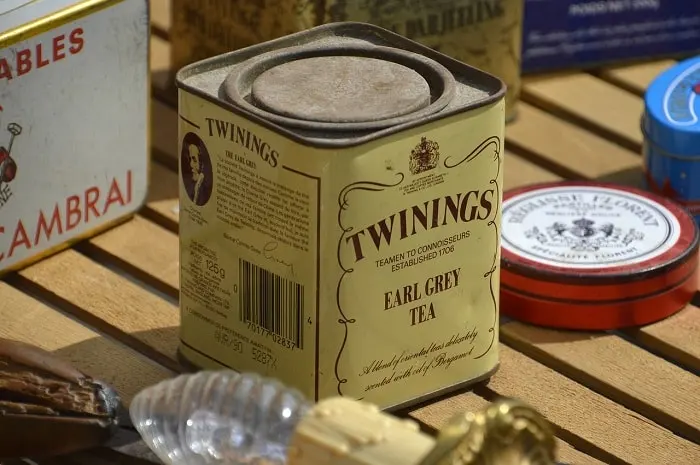
Tea remains one of the world’s most popular beverages, especially in the UK, Australia, Turkey, China, and India, where it was first produced. Today’s leading tea brands are often named after early tea entrepreneurs, such as Lipton, and Twinings. So is Earl Grey, flavored with bergamot peels. The introduction of the shaken tea packet in 1908 democratized tea, which was once drunk only by the elite, even though it was initially reviled by tea connoisseurs.
Types of Tea
The main difference between green tea and black tea is the collection and processing. Only the top three leaves of the tea plant—the top two leaves and the bud—are harvested by hand. Green tea leaves are picked when they are a little fresher and are not fermented (not allowed to oxidize). In China, green tea was most popular for its delicate flavor. The more resistant black tea, which undergoes more processing, is the national drink of many nations. Somewhere in between, oolong tea is also popular.
Camellia sinensis is a flowering branch of the tea plant. It is a plant in the same genus as garden camellias. The tip of the branch, or “two leaves and a bud”, is collected twice a year, in early spring and late spring/early summer. The “bud” of this plant is not an unopened flower but an immature leaf. The preparation of tea for drinking is a delicate process that requires knowledge and skill. When properly prepared and packaged, the tea plant lasts a long time, which is one of the reasons why it is loved all over the world today.
Sources:
- James A. Benn (2015-04-23). Tea in China: A Religious and Cultural History. Hong Kong University Press. p. 173. ISBN 9789888208739.
- Waley, Arthur, ed. The Opium War through Chinese eyes (1960).
- Wong, John Y. Deadly Dreams: Opium, Imperialism, and the Arrow War (1856–1860) in China. (Cambridge UP, 2002)


